The U.S. Energy Information Administration expects natural gas usage will average 23.8 billion cubic feet per day (Bcf/d) by 2022.
With such an increase, plus the lower cost of natural gas over diesel, it is a viable fuel to power your construction site.
But how do natural gas powered portable generators work?
How can they benefit your project? And why choose them over options like electric or diesel? Our guide will help you to decide.
Table of Contents
How Is Natural Gas Produced?
Like other fossil fuels, natural gases come from fossilized remains of rocks, plants, and animals, compressed into earth over time.
This gas is then extracted and stored in dry or wet form until use. It contains mostly methane, which while a greenhouse gas, is something the energy industry is keen to utilize more efficiently.
Many countries are taking advantage of natural gas to reduce their carbon footprint. In the future, methane from landfills could also be used as a consistent source.
The USA produces most of its natural gas, with states such as Texas containing an abundance. Oil-based fuels, on the other hand, largely come from overseas sources.
How Do Natural Gas Powered Portable Generators Work?
Natural gas generators use internal combustion, similar to gasoline generators. The fuel is compressed by a piston inside a chamber, then ignited with a spark.
The force of this ignition forces the piston down, driving the crankshaft. This then rotates an electromagnetic turbine, creating an electric current.
However, there is one crucial difference: natural gas powered portable generators use a gas like propane or methane for combustion. They do not use oil-based fuels to generate electricity.
Why Are They Useful?
Portable natural gas generators can be moved from location to location. They provide portable power for your site. Some people also use smaller units as backup power in case of an emergency.
You can use this energy to power industrial appliances, charge batteries, or for any other electrical task. The main considerations are capacity, fuel supply, and size.
Natural gas can be stored for a long time but is usually supplied on-site via an underground gas pipeline, keeping it safe from ground-level damage. It can provide a clean, quiet source of electricity when you need it most.
Natural gas powered portable generators have some other advantages over liquid fuel. But the choice depends on your goals.
How Do Natural Gas Generators Compare to Diesel?
They are quieter. Modern diesel generators are less noisy than in the past, but if decibels are a primary concern, natural gas is the best choice.
They produce far fewer fumes and NO2 than diesel. If clean air is a priority, natural gas is hard to beat. The gas is odorless, but a sulphuric smell is added for safety.
Their low emissions will help to reduce your site’s carbon footprint.
The generators themselves can retail at higher prices than diesel ones. The fuel itself is cheaper, though. And given diesel’s price fluctuations, natural gas should save you money over time.
Natural gas can also be stored for longer than diesel, without regular cycling. If its container remains intact, it could be stored indefinitely. Diesel requires more maintenance.
On the downside, natural gas is more flammable. Diesel does not ignite as easily under naked flame, making it a better choice if your site will use potential sources of ignition close to our generator.
Diesel may be a better choice if your site is truly off-grid. Natural gas can be stored, but for large sites, connections to underground gas lines are usually needed.
Find out more information about natural gas vs. diesel here.
What About Electric Powered Generators?
If your goal is to provide consistent energy to a site without electricity, natural gas and diesel are better choices.
Battery-powered generators have their uses. But they are not intended to provide energy long-term. They also require charging via a main outlet: a problem if access requires regular travel.
How to Use a Natural Gas Powered Portable Generator Correctly
You should have your generator set up and inspected by a qualified professional before use.
Despite their lower emissions, the same precautions should be used for natural gas generators as any other.
You should place it outside, away from populated buildings where possible. You should have your generator set up and inspected by a qualified professional before use.
Carbon monoxide is a concern with any form of combustion. Again, outside placement with open ventilation and regular monitoring are key.
Keep sources of ignition well away from your generator.
Natural gas travels in sealed pipes, and its added “rotten eggs” odor should alarm you to leaks. But safety is always the priority.
Maintaining Your Generator
You should have your generator checked once a month by a qualified professional.
Key areas to focus on are oil levels, batteries and cables for corrosion, water levels, coolant levels, and fuel lines.
You should check oil levels every 100 hours, as well as each season. Your environment is a factor for this, as dirt and debris can jam moving parts. You should also check after a period of hot weather.
Finally, check that the outer casing of your generator is free from dirt, debris, and corrosion. This will help ensure the inner parts are sealed from environmental elements.
Where to Find a Natural Gas Powered Generator?
You can browse our selection of used natural gas powered portable generators over at Swift Equipment Solutions. Our brands include CAT, Cummins, and Kohler.
We also stock diesel generators if they would better suit your needs.
And if you’re looking to sell one of your own, we buy used generators for cash.

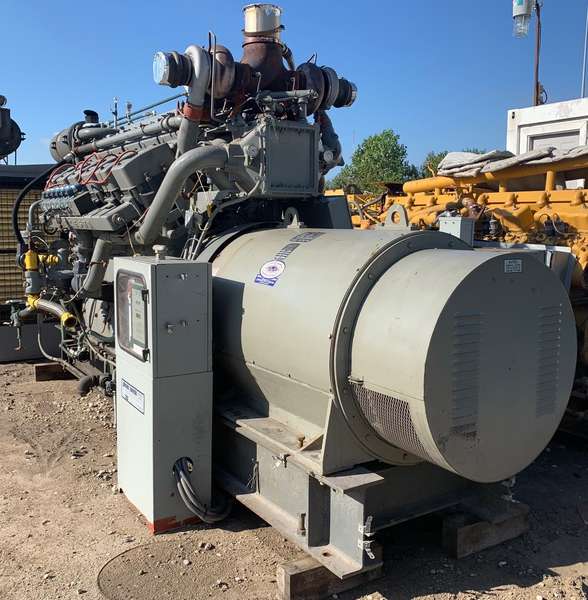
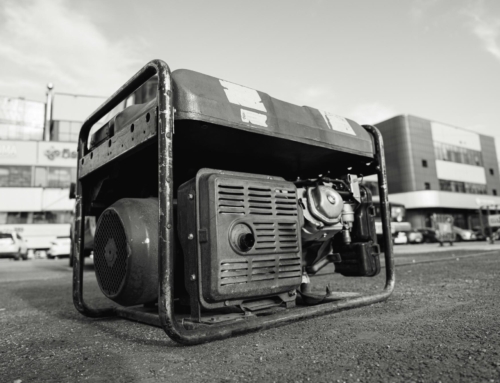
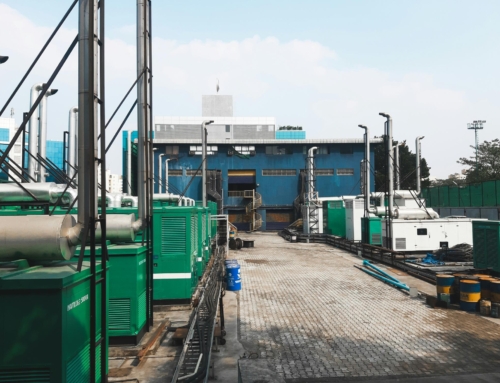
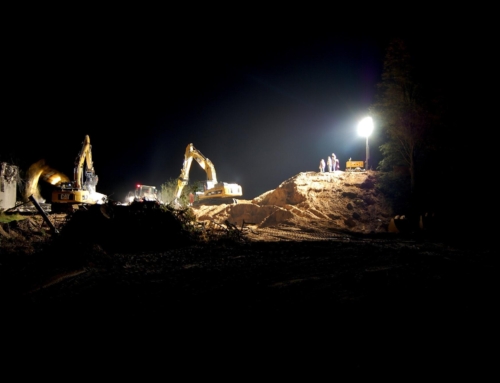
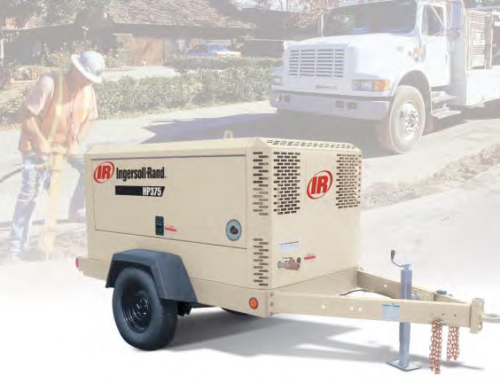

Leave A Comment